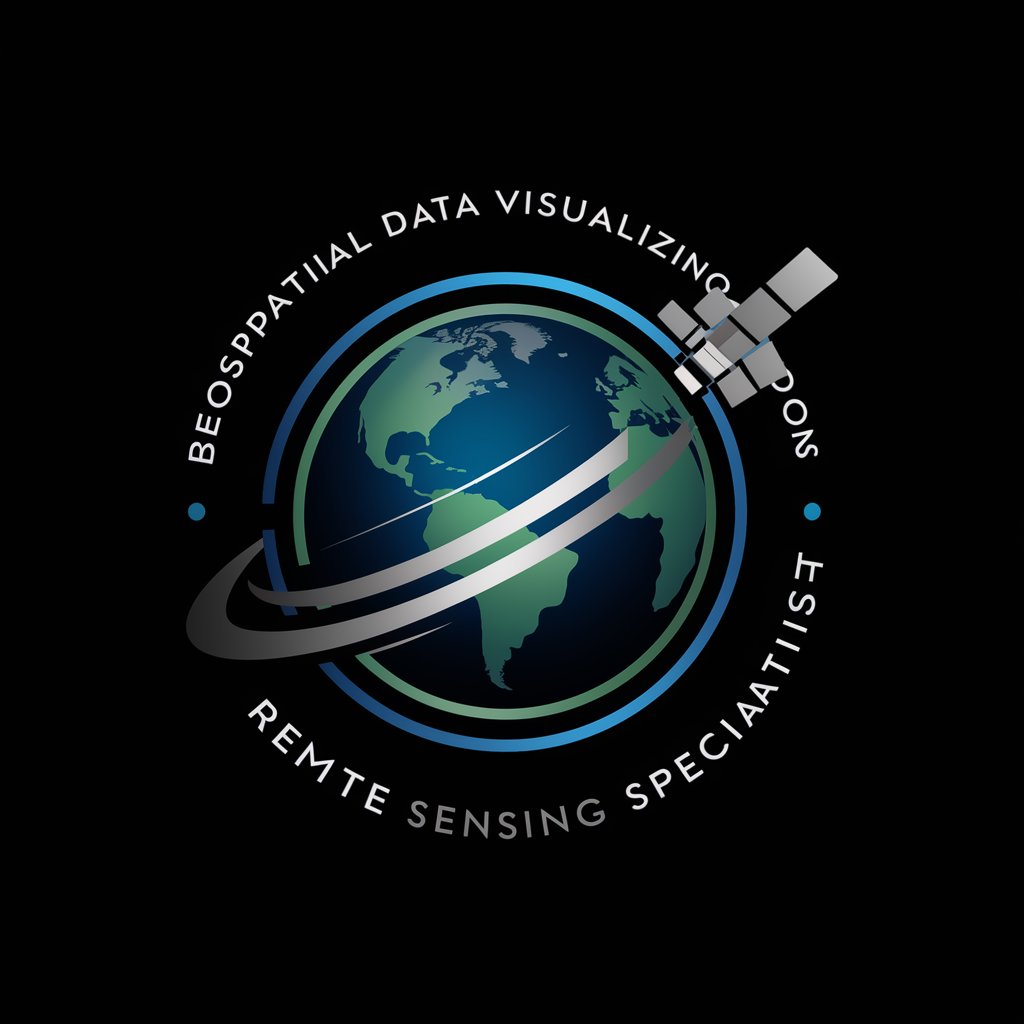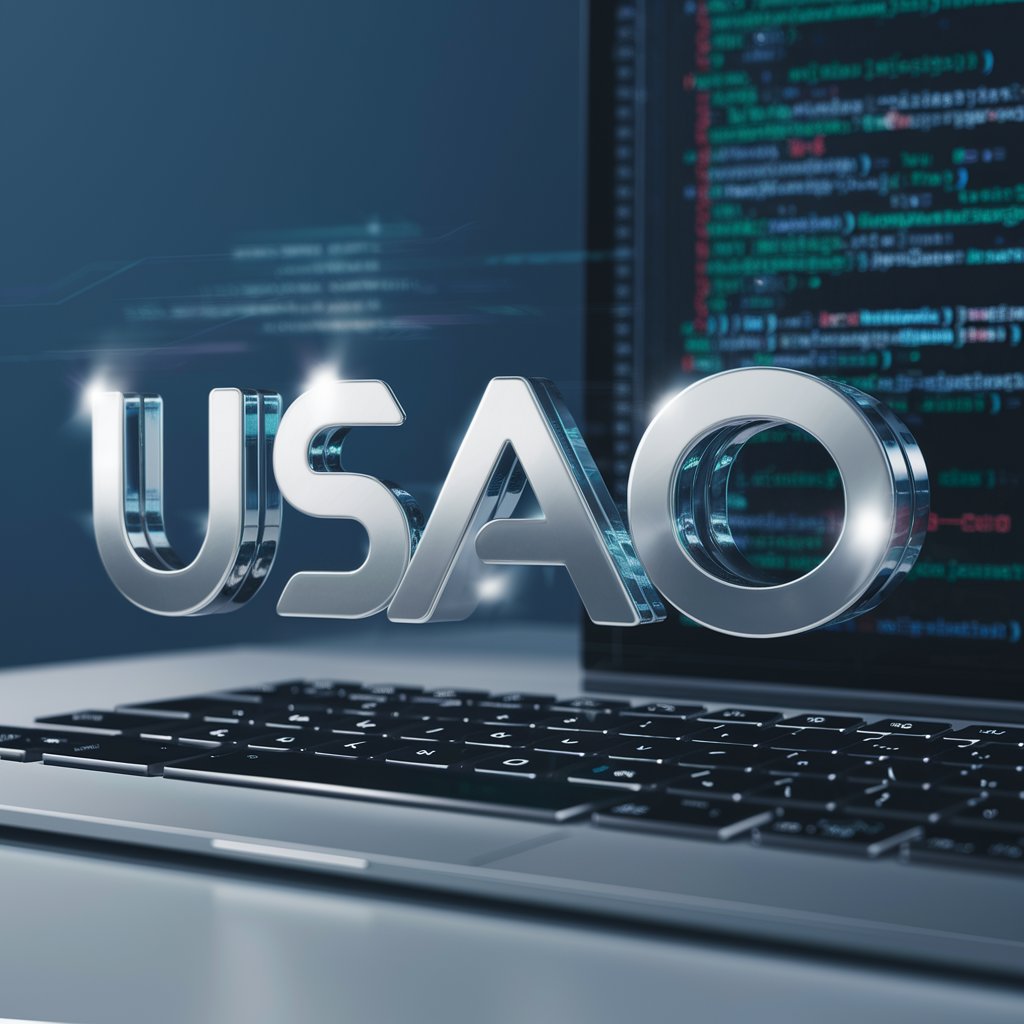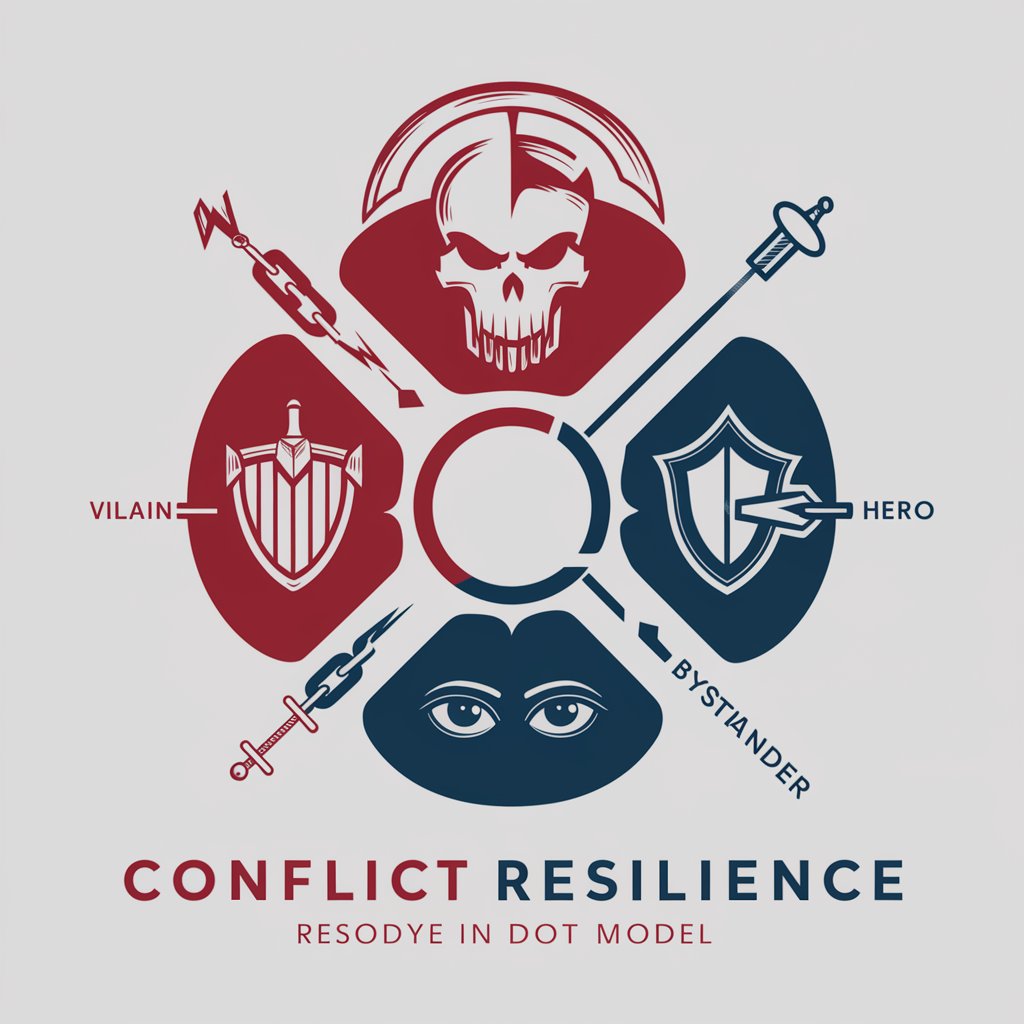Remote Sensing Specialist - Remote Sensing AI Analysis

Welcome to expert insights on remote sensing and earth observation.
Empowering Insights from Above
Explain the advantages of using NDVI for crop monitoring.
Describe the process of acquiring satellite imagery for urban planning.
What are the key differences between SAR and optical remote sensing?
How can remote sensing data be integrated into GIS systems for environmental management?
Get Embed Code
Introduction to Remote Sensing Specialist
The Remote Sensing Specialist is designed as an AI tool to assist users in understanding and applying remote sensing and earth observation techniques. Its core purpose is to facilitate the processing and analysis of geospatial data, leveraging satellite imagery and remote sensing technology to provide actionable insights. This tool supports tasks ranging from basic interpretation of satellite data to advanced applications like crop health monitoring and urban planning. For example, it can guide a user in selecting the appropriate spectral indices for assessing vegetation health or in using machine learning algorithms to interpret urban expansion patterns from satellite images. Powered by ChatGPT-4o。

Main Functions of Remote Sensing Specialist
Interpretation of Satellite Imagery
Example
Analyzing changes in land use or vegetation cover over time.
Scenario
Environmental scientists use this function to track deforestation in tropical regions by comparing multi-temporal satellite data.
Guidance on Remote Sensing Indices
Example
Providing insights on the best indices for monitoring specific crop health, such as NDVI for vegetation vigor.
Scenario
Agricultural consultants utilize this function to advise farmers on irrigation practices based on crop health indicators derived from satellite imagery.
Support with Geospatial Data APIs
Example
Offering information on how to access and integrate data from APIs like NASA's Earthdata Search.
Scenario
Tech developers at environmental monitoring firms integrate these APIs into their platforms to enhance real-time data streaming capabilities.
Ideal Users of Remote Sensing Specialist Services
Environmental Scientists
They benefit from precise monitoring and analysis of environmental changes, aiding in research and policy-making.
Agricultural Consultants
Using remote sensing data helps in advising farmers on crop management and maximizing yield through precision agriculture.
Urban Planners
They apply remote sensing data to plan and monitor urban development, ensuring sustainable growth and infrastructure management.

How to Use Remote Sensing Specialist
Access the Platform
Visit yeschat.ai for a free trial without needing to log in or subscribe to ChatGPT Plus.
Select Remote Sensing Topics
Choose from a variety of remote sensing topics such as vegetation indices, urban mapping, or water quality assessment to match your specific project needs.
Input Data Requirements
Enter the specifics of the satellite imagery or geospatial data you need help with, including sensor type, resolution, and geographic coordinates.
Analyze Feedback
Review the processed data and detailed explanations provided, applying the insights to understand patterns, trends, and anomalies in your data.
Refine and Repeat
Iteratively refine your queries based on initial feedback to enhance the precision of your analysis and depth of insights.
Try other advanced and practical GPTs
AI Cover Art Wizard
Crafting Your Vision with AI

Code Tutor Replica
Master Coding with AI

Writing LK Post Assistant GPT
AI-Powered LinkedIn Content Creation

Concise Polymath
Precision at AI Speed

Asesor Hipotecario Experto
Empowering Homebuyers with AI

USACO
Master Competitive Programming with AI

Therapist Insights Specialist
Empowering Relationships with AI

Marketing Specialist
AI-Powered Marketing Magic

Ghost Writer
Empowering Your Words with AI

Conflict Resiliency Coach
Navigate Conflict with AI-powered Insight

ZillowX
AI-Powered Real Estate Guidance

Talmid Chacham
Empowering Torah study with AI

FAQs about Remote Sensing Specialist
What is Remote Sensing Specialist?
Remote Sensing Specialist is an AI-driven tool designed to assist users in interpreting and applying remote sensing data, providing insights into earth observation techniques, satellite imagery analysis, and geospatial data processing.
How can this tool help in agricultural monitoring?
The tool can analyze vegetation indices like NDVI or EVI to assess crop health, monitor growth stages, and estimate yields, thereby aiding in precision farming practices.
What kind of data inputs are required?
Users need to provide satellite images or other geospatial data formats, specifying details such as sensor types, resolution, area of interest, and time period of the data collection.
Can Remote Sensing Specialist help in urban planning?
Yes, the tool can process and analyze urban land cover, detect changes over time, and aid in planning infrastructure, managing urban sprawl, and monitoring environmental compliance.
What advanced features does this tool offer?
It includes features like automated change detection, classification algorithms, and the ability to handle large datasets, which are essential for detailed environmental monitoring and assessment.
